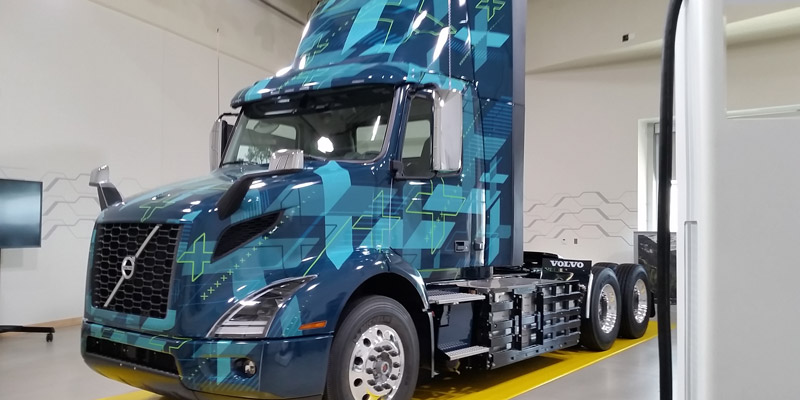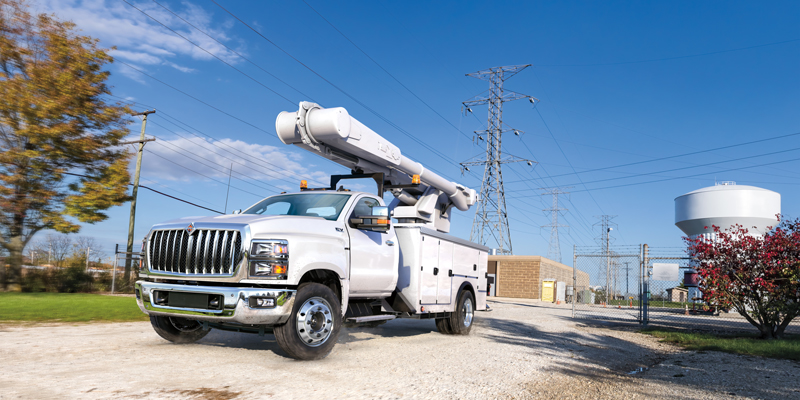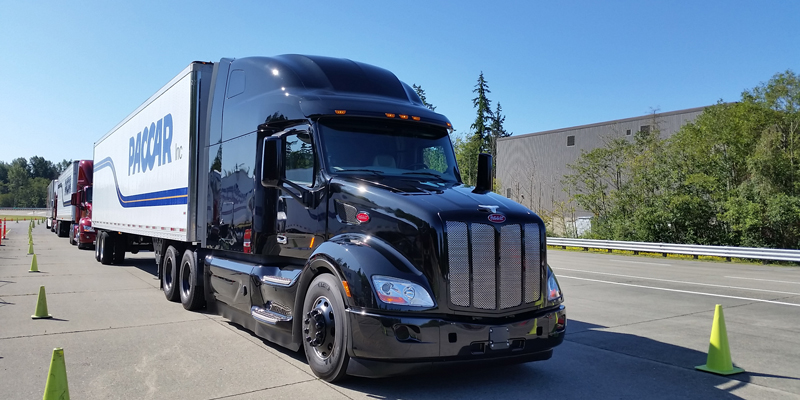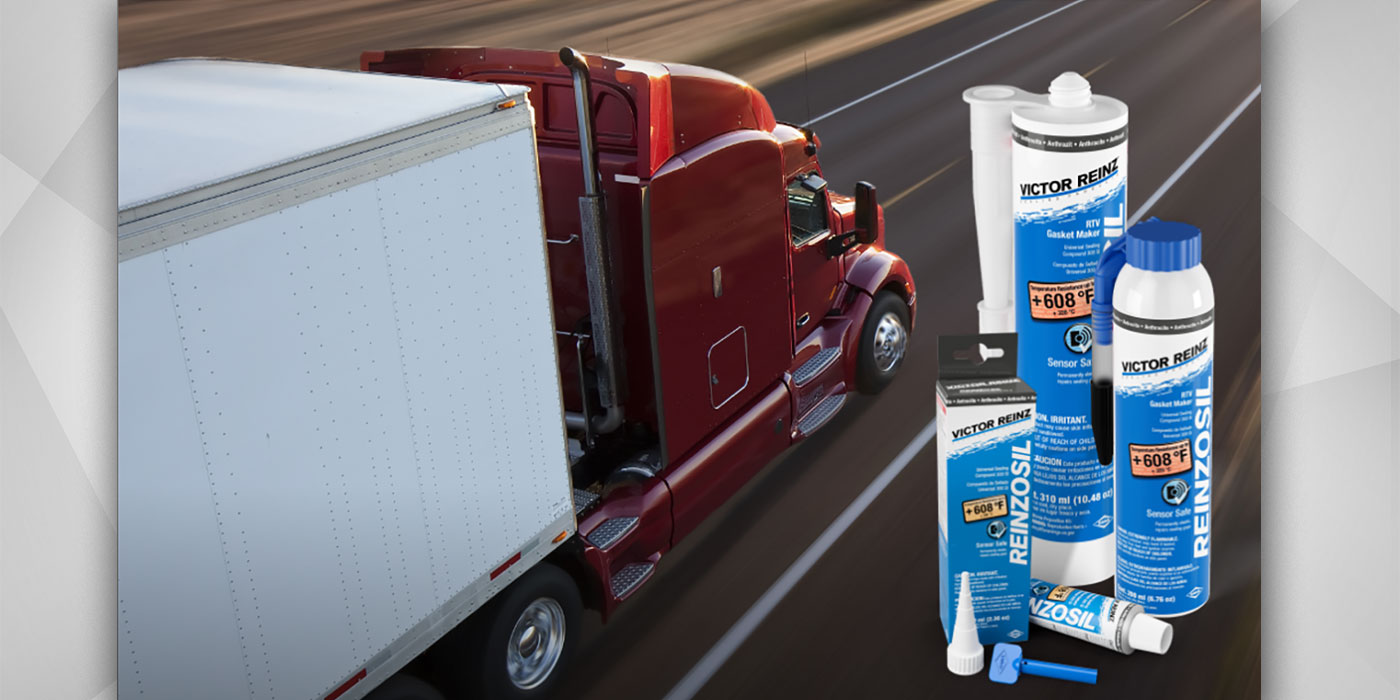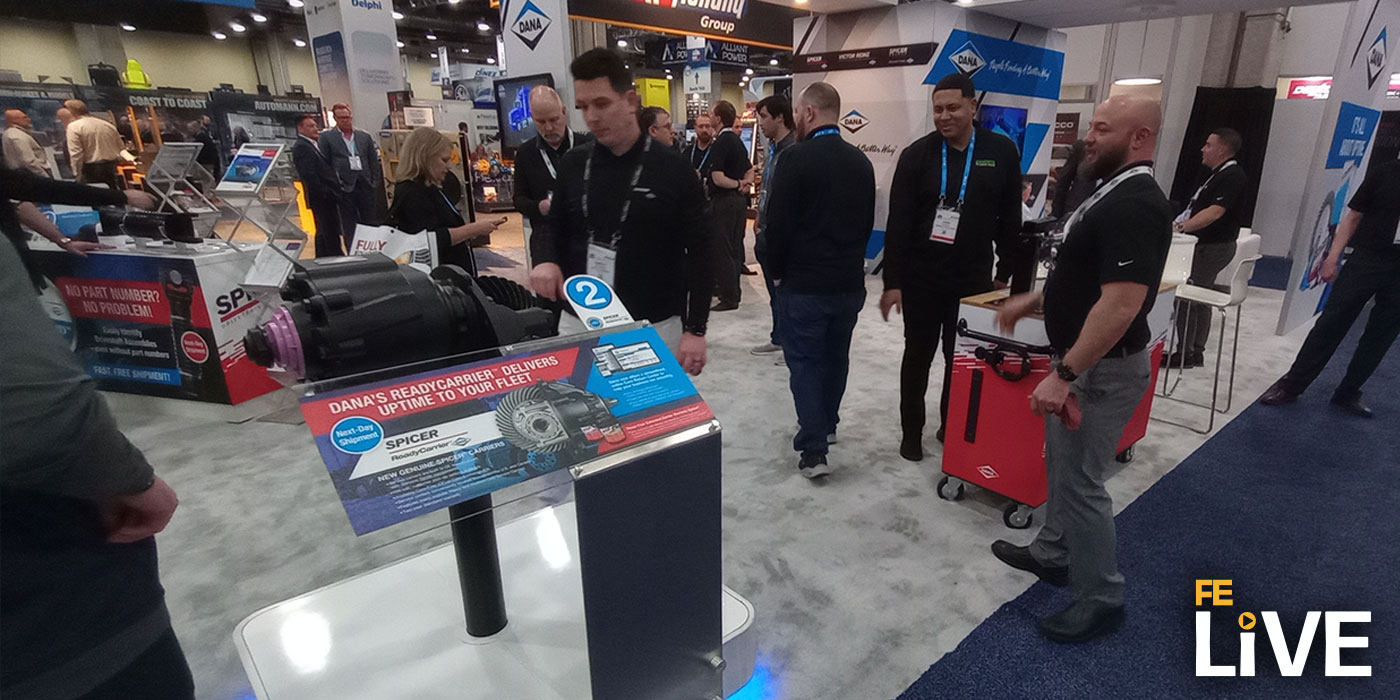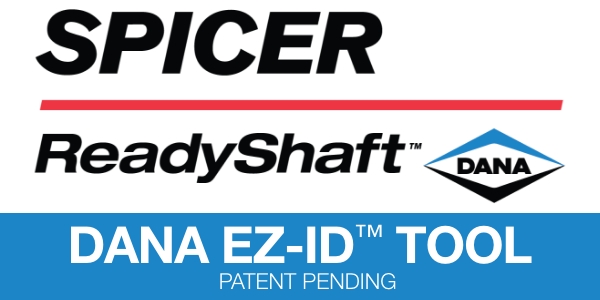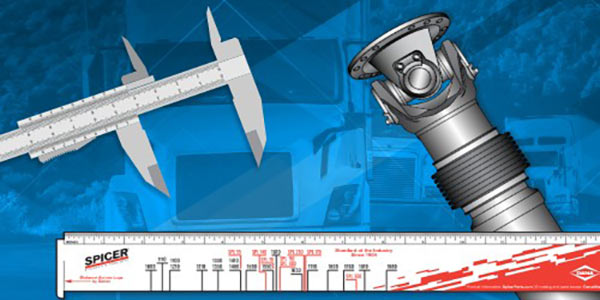Those of you who have been around for a couple of decades are intimately familiar with all the engine and powertrain changes that have been made within those years to comply with EPA emission standard benchmarks and, more recently, the EPA/NHTSA Greenhouse Gas 17 (GHG17) initiatives. But you ain’t seen nothin’ yet!
While there is not yet a firm date for the next GHG mandate (we’ll know more this June) truck OEMs and suppliers have been researching, developing and testing new technology to meet the anticipated changes and developing systems that will not only meet the new standard, but also create more efficient vehicles. In the past, tweaking engine parameters and adding aftermarket treatment hardware was all that was necessary to meet emission regulations. Going forward, the list of powertrain efficiency improvements has expanded. In this column, we will tackle just four of the top onboard-integrated improvements listed below:
- Engine downspeeding
- Lubrication viscosity
- Turbo efficiency
- Reduced Heat transfer
- Waste heat recovery
- Active powertrain optimization
- Fuel consumption improvements
Engine downspeeding—While there are some OEMs who can offer proprietary components for powertrain integration, Don Remboski, vice president of innovation, research and development for Dana, noted that Tier I suppliers are also able to work with truck makers to achieve the integrated systems needed to meet the next GHG mandate. As an example addressing engine downspeeding, he said, “We are going to direct drive transmissions that are directly connected to the engine driveshaft,” Remboski said. “We have been in development for the last two and a half years and units are now being fleet tested. The target timing for initial release is 2017.”
Also commenting on engine downspeeding, Steve Slesinski, director, global product planning, Dana Commercial Vehicle Driveline Technologies, said, “Vehicle architecture has been changing, but there are more improvements that can be made. When it comes to achieving a future goal of powertrain optimization one of the things we can do is optimize axle ratios (as low as 2:1 versus the previous 3.55:1) to work with slower engine RPMs but also reduce torque and avoid beefing up other components on the vehicle by starting the vehicle in a higher (slower) axle ratio (gear).” The Dana Spicer dual range disconnect concept for tandem axles used in Class 8 linehaul applications works well for this situation. Slesinski added that the axle is designed to avoid the excessive torque related to the very fast axle ratios at low speed by only shifting to the faster axle ratio at a predetermined speed to further optimize efficiency without comprising low speed performance or traction.
(Click next page to continue reading the story.)








